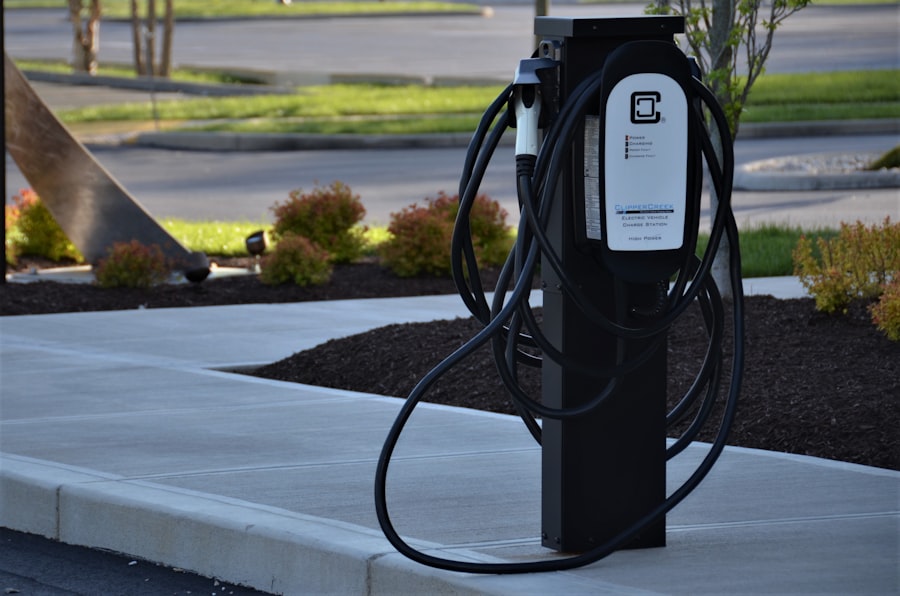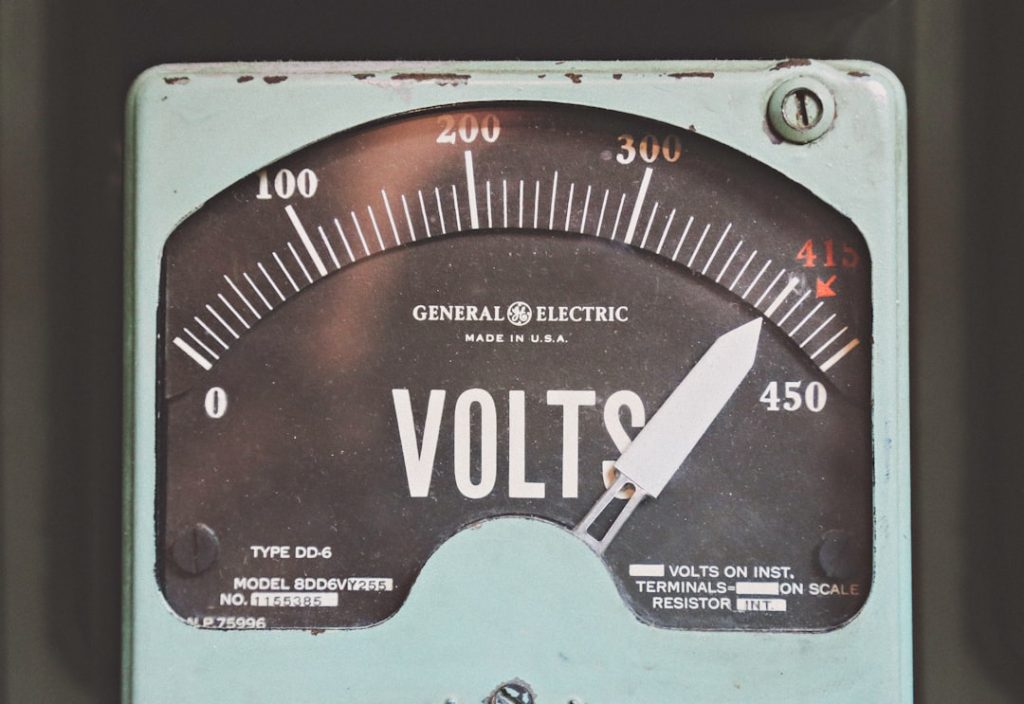Free-range chicken keeping is a method of raising chickens that allows them to roam outdoors, forage for food, and live in a more natural environment. This approach has become increasingly popular due to growing concerns about animal welfare and consumer demand for organic and ethically produced eggs and meat. Free-range chickens typically have access to larger outdoor areas, which can contribute to improved health and well-being.
However, free-range chicken keeping presents challenges, particularly in containing chickens within designated areas and preventing them from entering unwanted spaces such as gardens or neighboring properties. This article will examine various techniques and approaches for creating secure outdoor enclosures for chickens, including:
1. Utilizing natural barriers
2.
Training chickens to respect boundaries
3. Implementing visual deterrents
4. Employing electronic containment systems
5.
Monitoring and adapting free-range chicken keeping practices
These methods aim to balance the benefits of free-range chicken keeping with the need for effective containment and management of the flock.
Table of Contents
- 1 Creating a Secure Outdoor Enclosure for Chickens
- 2 Using Natural Barriers to Keep Chickens in
- 3 Training Chickens to Stay within Boundaries
- 4 Implementing Visual Deterrents to Prevent Chickens from Roaming
- 5 Using Electronic Containment Systems for Free-Range Chickens
- 6 Monitoring and Adjusting Free-Range Chicken Keeping Strategies
- 7 FAQs
- 7.1 What are some ways to keep chickens in without a fence?
- 7.2 How effective is using chicken wire or poultry netting to keep chickens in?
- 7.3 What are some natural barriers that can be used to keep chickens in?
- 7.4 What is a chicken tractor and how can it be used to keep chickens in?
- 7.5 How can chickens be trained to stay within a designated area?
Key Takeaways
- Free-range chicken keeping allows chickens to roam and forage freely, promoting natural behaviors and healthier eggs.
- Creating a secure outdoor enclosure with proper fencing and predator-proofing is essential for free-range chicken keeping.
- Natural barriers such as hedges, shrubs, and trees can help keep chickens within designated areas while providing additional foraging opportunities.
- Training chickens to stay within boundaries can be achieved through positive reinforcement and consistent reinforcement of boundaries.
- Visual deterrents such as scarecrows, reflective objects, and predator decoys can help prevent chickens from roaming into unwanted areas.
- Electronic containment systems, such as invisible fences, can be used to keep chickens within designated areas while allowing them to roam freely.
- Regular monitoring and adjustment of free-range chicken keeping strategies is necessary to ensure the safety and well-being of the chickens and to address any potential issues.
Creating a Secure Outdoor Enclosure for Chickens
Effective Fencing Methods
One effective way to create a secure outdoor enclosure is by using chicken wire or hardware cloth to fence off the designated area. The fence should be buried at least a foot into the ground to prevent predators from digging underneath it. Additionally, the fence should be tall enough to prevent the chickens from flying over it.
Additional Security Measures
Adding a roof or netting over the top of the enclosure can also prevent predators such as hawks from swooping down and attacking the chickens.
Providing Adequate Shelter
Another important consideration when creating a secure outdoor enclosure is providing adequate shelter for the chickens. This can include a coop for roosting at night and protection from the elements, as well as shelters or hiding spots within the enclosure for the chickens to seek refuge if they feel threatened. Overall, creating a secure outdoor enclosure for chickens is essential for their safety and well-being while allowing them to enjoy the benefits of free-range living.
Using Natural Barriers to Keep Chickens in

In addition to physical fencing, natural barriers can also be used to keep chickens within a designated area. Planting dense shrubs or hedges along the perimeter of the enclosure can create a natural barrier that prevents the chickens from wandering out. These barriers not only serve as a physical deterrent but also provide additional foraging opportunities for the chickens and can enhance the overall aesthetics of the enclosure.
Another natural barrier that can be used is a moat or water feature. Chickens are not fond of water and are unlikely to cross a moat or water feature, making it an effective way to keep them within a designated area. However, it is important to ensure that the water feature is safe for the chickens and does not pose a drowning hazard.
Additionally, using natural barriers such as rocks or logs strategically placed along the perimeter of the enclosure can create obstacles that deter the chickens from venturing out. These natural barriers can be effective in keeping chickens within a designated area while also adding visual interest and diversity to the outdoor space.
Training Chickens to Stay within Boundaries
Training chickens to stay within boundaries is an important aspect of free-range chicken keeping. Chickens are intelligent animals and can be trained to recognize and respect boundaries with consistent reinforcement. One effective method of training chickens to stay within boundaries is by using positive reinforcement, such as treats or rewards, when they stay within the designated area.
By rewarding the chickens for staying within the boundaries, they will learn to associate staying within the designated area with positive experiences. Conversely, if they attempt to wander outside of the boundaries, they can be gently guided back into the designated area without punishment. Consistency is key when training chickens, and it is important to reinforce the boundaries regularly to ensure that they understand and respect the limits of their roaming area.
Additionally, providing enrichment within the designated area, such as scratching areas, dust baths, and foraging opportunities, can encourage the chickens to stay within the boundaries as they will have all their needs met within that space.
Implementing Visual Deterrents to Prevent Chickens from Roaming
Visual deterrents can be an effective way to prevent chickens from roaming into unwanted areas. One common visual deterrent is scarecrows, which can be placed strategically around the perimeter of the enclosure to deter chickens from venturing out. Scarecrows can be made from old clothing stuffed with straw or other materials and can be customized to fit the aesthetic of the outdoor space.
Additionally, reflective objects such as CDs or mirrors can be hung along the perimeter of the enclosure to create flashes of light that deter chickens from approaching. These reflective objects can be easily hung from trees or fences and can be an effective visual deterrent without being obtrusive in the outdoor space. Another visual deterrent that can be used is predator decoys, such as fake owls or hawks, which can be placed around the perimeter of the enclosure to create the illusion of predators in the area.
These decoys can deter chickens from venturing out by triggering their natural instinct to avoid potential threats. Overall, implementing visual deterrents can be an effective way to prevent chickens from roaming into unwanted areas while also adding visual interest to the outdoor space.
Using Electronic Containment Systems for Free-Range Chickens

Electric Fencing: A Safe and Effective Deterrent
Electric fencing is a reliable tool for keeping free-range chickens within a designated area. This system uses a low-voltage electric charge to deter chickens from crossing the boundary. The electric charge is harmless but provides a mild shock that discourages the chickens from attempting to cross the fence.
Easy Installation and Predator Control
Electric fencing can be easily installed around the perimeter of the enclosure, providing an effective way to keep predators out while keeping chickens in. This system is particularly useful for protecting chickens from predators that may be lurking nearby.
Virtual Fencing: A Flexible and Adjustable Option
Virtual fencing is another electronic containment system that uses GPS technology to create a virtual boundary for the chickens. The chickens wear a collar or leg band that emits a warning tone when they approach the boundary and delivers a mild correction if they attempt to cross it. This system is more flexible than physical fencing and can be easily adjusted to accommodate changes in the outdoor space.
Both electric fencing and virtual fencing are effective electronic containment systems that can provide a secure boundary for free-range chickens while allowing them to roam and forage within a designated area.
Monitoring and Adjusting Free-Range Chicken Keeping Strategies
Monitoring and adjusting free-range chicken keeping strategies is essential for maintaining a secure and sustainable outdoor environment for chickens. Regularly monitoring the behavior of the chickens and assessing their interactions with the boundaries can provide valuable insights into the effectiveness of the containment strategies. If chickens are consistently attempting to cross a certain area of the boundary, adjustments can be made to reinforce that specific area with additional fencing or deterrents.
Additionally, observing any signs of stress or discomfort in the chickens can indicate that adjustments need to be made to provide a more secure and comfortable environment for them. It is also important to regularly inspect physical fencing and electronic containment systems to ensure that they are functioning properly and are not compromised by wear and tear or environmental factors. By regularly monitoring and adjusting free-range chicken keeping strategies, it is possible to maintain a secure outdoor environment for chickens while allowing them to enjoy the benefits of free-range living.
In conclusion, free-range chicken keeping offers numerous benefits for both chickens and their caretakers, but it also presents challenges in keeping them within designated areas. Creating a secure outdoor enclosure with physical fencing, natural barriers, and adequate shelter is essential for free-range chicken keeping. Training chickens to stay within boundaries through positive reinforcement and providing enrichment within the designated area can encourage them to respect their roaming limits.
Implementing visual deterrents such as scarecrows, reflective objects, and predator decoys can prevent chickens from roaming into unwanted areas while adding visual interest to the outdoor space. Electronic containment systems such as electric fencing and virtual fencing provide effective tools for maintaining secure boundaries for free-range chickens while allowing them to roam and forage within a designated area. Regularly monitoring and adjusting free-range chicken keeping strategies is essential for maintaining a secure and sustainable outdoor environment for chickens.
By implementing these methods and strategies, it is possible to create a safe and enriching environment for free-range chickens while allowing them to enjoy a more natural lifestyle.
If you’re looking for a way to keep your chickens contained without a traditional fence, you might be interested in learning about the benefits of a garden chicken coop. This article from Poultry Wizard discusses how to create a chicken coop that allows your birds to roam freely within a designated garden area, providing them with access to fresh grass and insects while still keeping them contained. Check out the article here for more information on this innovative approach to keeping chickens.
FAQs
What are some ways to keep chickens in without a fence?
Some ways to keep chickens in without a fence include using chicken wire or poultry netting, creating a natural barrier with plants or shrubs, using a chicken tractor, and training the chickens to stay within a designated area.
How effective is using chicken wire or poultry netting to keep chickens in?
Chicken wire or poultry netting can be effective in keeping chickens in a specific area, as long as it is properly installed and maintained. It is important to ensure that the wire or netting is securely fastened and that there are no gaps or openings for the chickens to escape through.
What are some natural barriers that can be used to keep chickens in?
Natural barriers such as plants, shrubs, or hedges can be used to create a boundary for the chickens. These barriers not only provide a physical barrier but also offer additional benefits such as shade, shelter, and foraging opportunities for the chickens.
What is a chicken tractor and how can it be used to keep chickens in?
A chicken tractor is a portable enclosure that can be moved around the yard or garden to allow chickens access to fresh grass and insects while keeping them contained. It can be used to keep chickens in a specific area without the need for a permanent fence.
How can chickens be trained to stay within a designated area?
Chickens can be trained to stay within a designated area by using positive reinforcement, such as treats or food rewards, to encourage them to stay within the boundaries. Consistent training and reinforcement can help chickens learn to stay within a specific area without the need for a physical fence.
Meet Walter, the feathered-friend fanatic of Florida! Nestled in the sunshine state, Walter struts through life with his feathered companions, clucking his way to happiness. With a coop that’s fancier than a five-star hotel, he’s the Don Juan of the chicken world. When he’s not teaching his hens to do the cha-cha, you’ll find him in a heated debate with his prized rooster, Sir Clucks-a-Lot. Walter’s poultry passion is no yolk; he’s the sunny-side-up guy you never knew you needed in your flock of friends!







